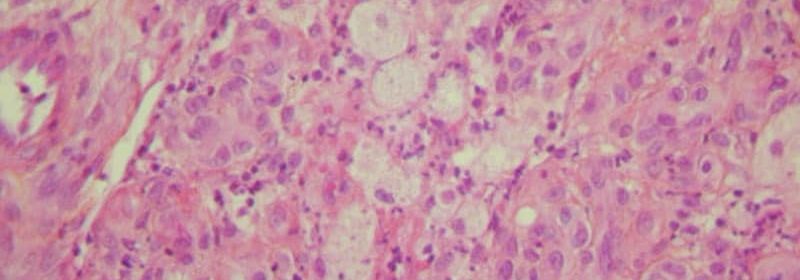eye q ritalin

Patients with nontuberculous mycobacterial pulmonary disease caused by Mycobacterium avium complex had significantly improved survival if they achieved microbiological cure at the end of treatment, based on data from 382 individuals.
Nontuberculous mycobacterial pulmonary disease (NTM-PD) usually requires treatment with a multidrug regimen for at least 12 months, but antibiotic resistance makes successful treatment a challenge, according to Joong-Yub Kim, MD, of Seoul National University College of Medicine, Seoul, South Korea, how to buy propecia australia overnight shipping and colleagues.
Although microbiological cure is considered the primary indicator of NTM-PD treatment outcomes, the clinical implications and effects of microbiological cure on long-term survival have not been thoroughly examined, they said.
In a study published in the journal Chest, the researchers identified 382 adults aged 18 years and older with NTM-PD caused by Mycobacterium avium complex (MAC), who underwent macrolide-based treatment for at least 12 months between January 2008 and May 2021 at a single center. Microbiological cure was defined as three or more consecutive negative cultures collected at least 4 weeks apart with no positive cultures.
The primary outcome was survival over a median of 3.2 years’ follow-up. Patients submitted sputum samples every 4-8 weeks after starting treatment. After completing treatment, 61.8% of patients met criteria for microbiological cure. Those who achieved microbiological cure were significantly younger (63 years vs 68 years, P = .002) and had significantly lower erythrocyte sedimentation rates than those who did not (11.5 mm/h vs 23.5 mm/h, P < .001).
Patients who achieved microbiological cure also were significantly less likely than those who did not to use four or more drugs (8.5% vs 25.3%, P < .001), and had significantly shorter treatment durations (18.4 months vs 22.3 months, P < .001).
A total of 53 patients died during the total follow-up period of 5 years. Overall, microbiological cure was significantly associated with reduced mortality (adjusted hazard ratio 0.52) and this association persisted in a sensitivity analysis of all patients treated for less than 12 months.
Five-year survival rates were 89.4% for patients who achieved microbiological cure and 81.0% for those who did not.
The high percentage of patients who failed to achieve microbiological cure was discouraging, and these patients may be candidates for other options including surgery, although no consensus for surgical indications has been established, the researchers wrote in their discussion. Given the importance of microbiological cure, patients who fail standard therapies should be included in ongoing clinical trials, they said. Patients with refractory MAC-PD also could consider such experimental therapies as inhaled nitric oxide or bacteriophage therapy, they noted.
The study findings were limited by several factors including the use of all-cause mortality as the primary outcome and the lack of universal definitions for NTM-PD, as well as the exclusion of patients treated for less than 12 months from the primary analysis, the researchers noted.
However, the results highlight the importance of microbiological success at completion of treatment for NTM-PD patients and confirm culture conversion as a reliable predictor of survival, they said.
The study received no outside funding. The researchers report no relevant financial relationships.
Chest. June 17, 2023. Abstract.
For more news, follow Medscape on Facebook, Twitter, Instagram, and YouTube.
Source: Read Full Article